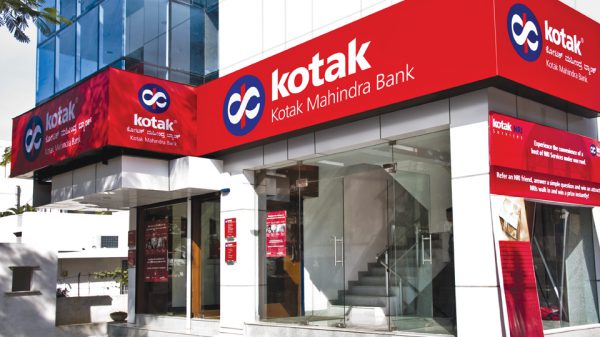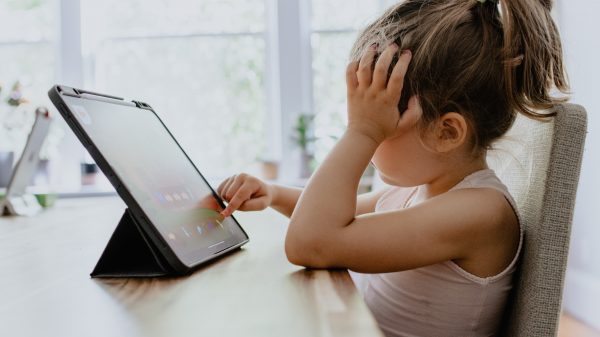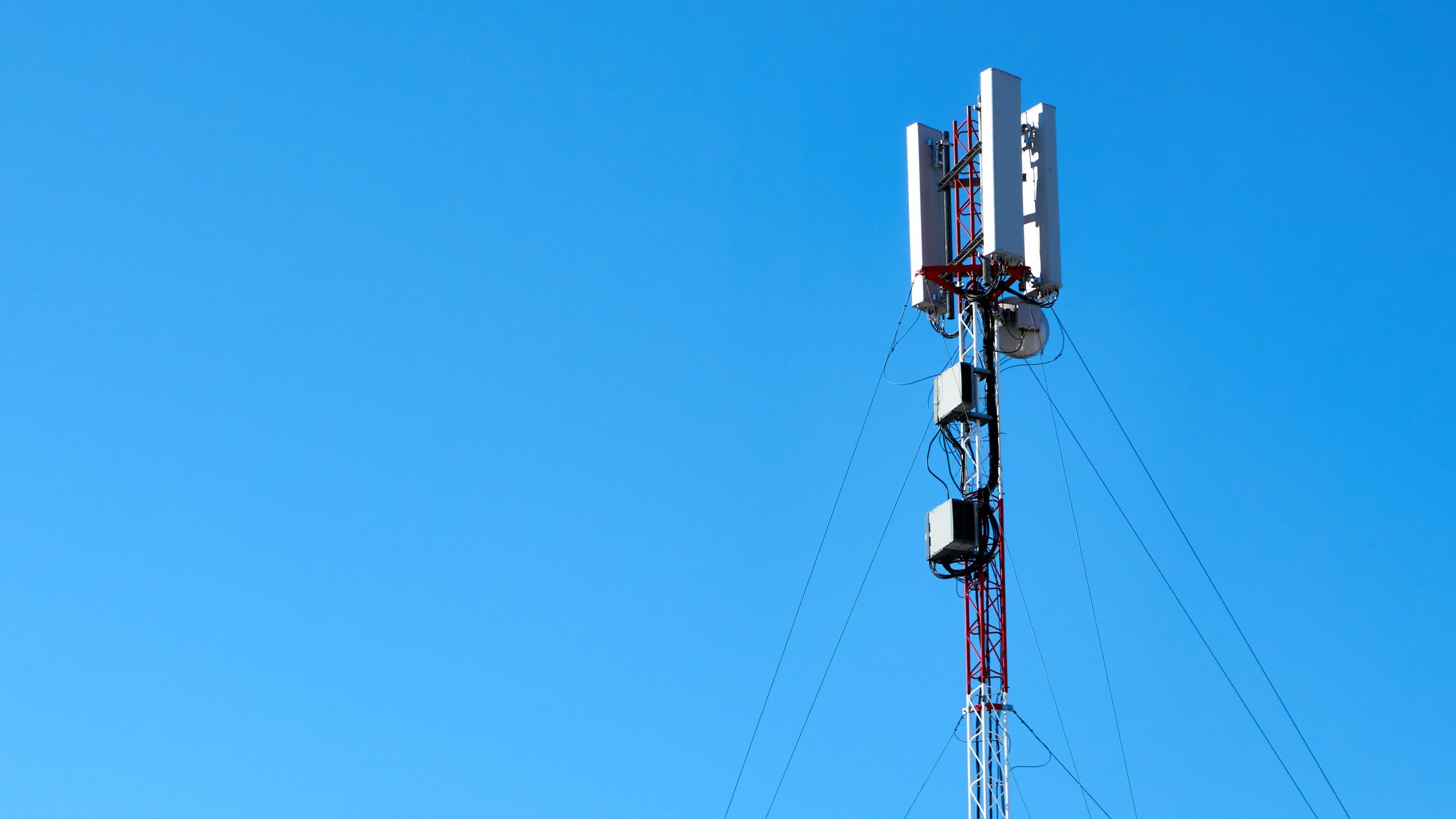The Telecom Regulatory Authority of India (TRAI) sought details on how to streamline access to street furniture — billboards, lamp posts, mailboxes etc — for the rollout of 5G networks in a supplementary consultation paper published last month. Relevant stakeholders are requested to submit their comments to TRAI by June 3 and counter comments by June 10. Comments should be emailed to Sunil Kumar Singhal, Advisor (Broadband and Policy Analysis), TRAI at: advbbpa@trai.gov.in with a copy to ja3-nsl@trai.gov.in. Definition of street furniture: TRAI has defined street furniture as "objects in public spaces that—in the context of wireless infrastructure—house small-cell units in boxes and are considered visually commonplace and acceptable to the public. Street furniture must have a power source for the wireless equipment to function." Examples of street furniture include utility poles, billboards, lamp posts, lit signage, mailboxes, park benches, and traffic signals. Why use street furniture? Mobile service providers have typically deployed large macro-cellular Base Transceiver Stations (BTS) onto very-high telecommunication towers. But service providers also use smaller wireless equipment (commonly referred to as small cells), which are low-power, easy-to-deploy and have a range varying from 10 meters to a few hundred meters. In addition to being used to offload traffic from the macro-cellular network in a high-density, short-range environment, small cells are commonplace in 5G networks, TRAI stated. Using existing street furniture to deploy small cells is cost- and time-efficient in comparison to constructing new infrastructure. "5G will require massive addition of both above and below the ground infrastructure, both…





























